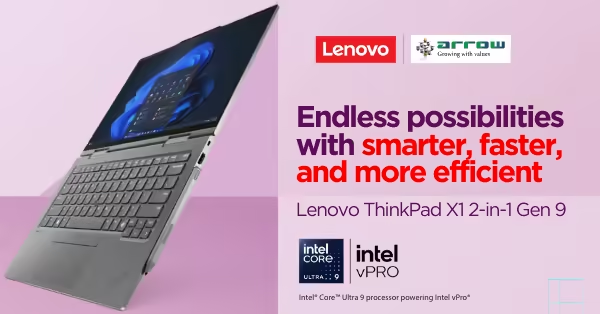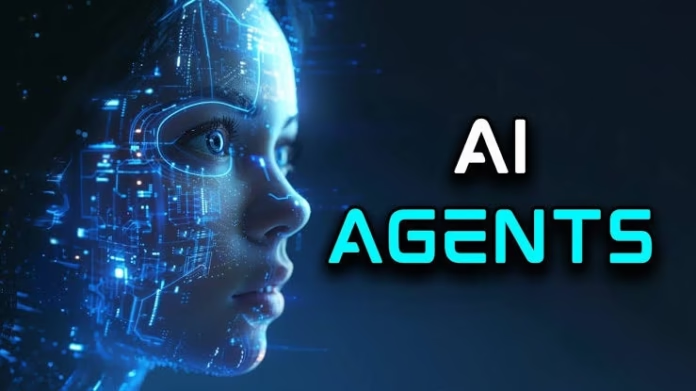Something interesting is happening behind the scenes in boardrooms and IT war rooms alike. Businesses are beginning to realize that solving modern challenges—global complexity, speed of change, rising consumer expectations—requires more than just intelligence. It takes coordination. It takes multi-agent AI.
Not long ago, companies were experimenting with isolated AI tools. A chatbot here, a recommendation engine there. Today? That’s not enough. What’s gaining traction now are AI systems that work in tandem—an entire network of smart, task-specific agents communicating with each other to make decisions faster, and smarter.
It’s a shift being felt deeply in the AI business world, and companies like Arrow PC Network are helping lead the charge by offering IT services that make integrating these systems not only possible but practical at scale.
From Chaos to Coordination
Business has always been about decisions. The faster you make them—with the right insight—the better your odds of staying ahead. But with so much data, so many moving parts, and more customer expectations than ever, reacting in real time isn’t easy.
That’s where multi-agent AI comes in. Imagine dozens of AI “agents,” each responsible for a part of your business—finance, operations, HR, logistics, customer support. Alone, they’re helpful. But when they talk to each other? They become transformative.
Suddenly, your supply chain anticipates a disruption before it happens. Your customer service bot knows what a client just browsed. Your HR system automatically predicts where extra support is needed before a deadline.
It’s not just about speed—it’s about smart coordination.
Real Examples, Real Value
1. Efficiency That Actually Scales
Instead of having people do repetitive admin work, businesses are automating claims processing, order routing, or onboarding—letting teams focus on higher-impact tasks. Arrow PC Network’s IT Services have helped companies deploy secure, scalable systems that cut turnaround times dramatically.
2. Smarter Resource Allocation
Take a global manufacturing firm. With AI, it can route inventory based on regional demand, real-time weather, or even local regulation changes. No guesswork—just insight-driven execution.
3. Collaboration Without the Clutter
We’ve all sat through alignment meetings that could’ve been an email. Multi-agent AI quietly solves this by making sure sales knows what marketing is doing, what logistics is preparing for, and what finance is projecting—all without people chasing spreadsheets.
4. Built-In Resilience
AI systems can now detect early signals of disruption—supply delays, cyber threats, compliance risks—and either fix or flag them before they cascade. It’s not just helpful, it’s essential.
5. Designed to Grow
Scaling used to mean hiring more, buying more, doing more. Now, businesses use artificial intelligence to scale with less friction. Especially in sectors like e-commerce or retail, AI-powered demand forecasting makes peak season a lot less stressful.
What Business Leaders Should Really Be Asking
As AI becomes embedded into workflows, the real questions aren’t about “if” you should adopt it. The questions are:
Who’s in charge of the decisions? Can you trust the system? Is it aligned with your values?
Smart leaders are working with partners like Arrow PC Network, who don’t just push tools—they design strategy. It’s not about plugging in AI and hoping for the best. It’s about building trustworthy systems with oversight, control, and transparency from day one.
It’s Not the Future. It’s Happening Now.
By 2025, the businesses pulling ahead will be the ones that learned how to orchestrate—not just automate.
Multi-agent AI isn’t just a new buzzword. It’s a fundamental shift in how modern enterprises work, scale, and compete.
So, whether you’re a CXO, an IT strategist, or someone watching the AI wave from the shore—this is your signal. The AI business landscape is changing. It’s no longer about isolated tools. It’s about integrated intelligence.
And the ones who embrace it early? They won’t just survive—they’ll set the pace.



